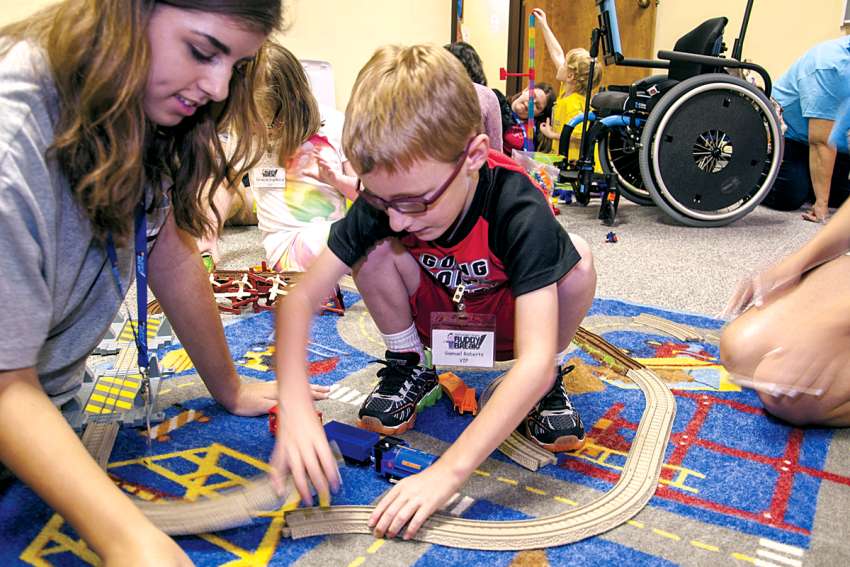In 2023, the federal funding Lanark received for child care — the Canada Wide Early Learning and Child Care money — was nearly $9 million. Public dollars ought to mean a public response — and explanation.
Instead, in a press release Lanark County writes, “The details of this contract termination are confidential and will not be shared.”
If this sounds like a niche story of a small municipality, it isn’t. It in fact exposes realities of the new federal child care system that are features, not bugs. The main theme is that parents are not powerful in this story, and the second theme is that everyone is getting less choice today with the new system.
In its 2021 budget, the federal government allocated $30 billion over five years to a child care system. Those dollars travel a long road: from the feds to the province, and then in Ontario, to the municipality. The municipality then funds agencies that license daycares. One feature of this system is that it puts municipalities, now administering vastly increased funding levels, in a position of power. As in this scenario, parents don’t get a say; they can only just respond as best as they can.
We were told that a child care system would provide additional choice to parents. At bottom, previously there were two agencies to choose from in Lanark. Now there is but one if you want the $10-a-day care. With cheaper care on offer, it’s hard to see going to a different agency simply to pay more. That said, the cheaper care is currently only available to roughly 30 per cent of children. Many parents are not getting that choice.
This speaks to a broader problem we are facing, and not just in child care. Many charities and not-for-profits (which includes a great many child cares) today rely on government funding as their main source of money. This means less freedom to act as they would like.
Governments are not immune to politicization, as in the effort to remove charitable status from crisis-pregnancy centres, or in compelling charities to sign an attestation saying they support “human rights” (meaning support for abortion) in order to receive funding to pay summer students. The link to the child care sector is simply this: full government funding means following government mandates, directives and even political whims. And that could include paying homage to official, government understandings of human rights that not all Canadians share.
Finally, if we’ve been told one thing repeatedly over decades, it’s that the market cannot effectively provide families child care. If that’s true this must also be said emphatically: neither can governments. The provinces are not living up to their space-creation goals in the new child care deals. And it’s clear that out of one hand governments create spaces, while closing them elsewhere. In Lanark, the municipality’s action only shut down two daycares and 12 spaces. But this has already been happening on a bigger scale elsewhere. Cindy Ross, an owner of licensed for-profit daycares in Victoria, B.C., told a Childcare Providers Funding Roundtable this in 2022: “(The government) is proud to add 50 spaces but they are about to lose 200.”
Between government and markets there is a civil society space. It’s being hollowed out, but child care falls squarely into this cultural zone. There was once an ecosystem of care that more equitably incorporated different kinds of care, both for-profit and not-for-profit, licensed and unlicensed, family, friends and neighbours. It was not perfect. But it certainly offered more choices and importantly greater equity for all. Government was (rightly) involved, but it didn’t seek to muscle other players out as is now happening.
The move to increase federal government funding eradicates certain choices, putting power into the hands of layers of government over parents. The result is the loss of choice and financial sustainability for families — the very opposite of the lines we have been sold.
In Canada’s new child care system, power lies not with parents but with bureaucrats and politicians. When it comes to how the millions of dollars for child care are being used, we all deserve better than secrecy, and platitudes expressed via press releases.
(Mrozek is Senior Fellow at Cardus Family.)

